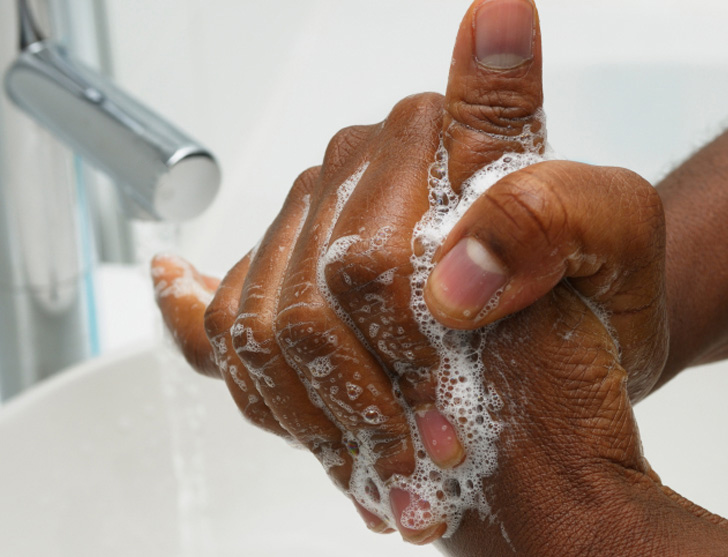Hand washing – a simple, everyday task – is perhaps one of the most overlooked ways we can protect ourselves from getting sick. Startlingly, a recent Michigan State University study found a shocking 95 percent of people do not wash their hands properly. With this being National Influenza Vaccination Week and National Handwashing Awareness Week, I hope my patients evaluate their hand washing habits and prioritize getting their flu shot if they have not already.
According to the CDC, washing hands with soap and water can reduce diarrheal disease-associated deaths by up to 50 percent, the risk of respiratory infections by 16 percent, and generally help fight against foodborne illness – commonly spread by contaminated hands – and other infections. Researchers in London estimate that if everyone routinely washed their hands, a million deaths a year could be prevented. Proper hand washing practices: washing your hands before, during, and after preparing food, after using the toilet, and after blowing your nose, coughing, or sneezing, just to name a few.
And while the frequency in which you wash your hands is vitally important, you must wash them properly to see the benefits. The same Michigan State University study found that people on average wash their hands for six seconds, while the CDC recommends scrubbing for a at least 20 seconds. Make sure you are lathering the backs of your hands, between your fingers, and under your nails, too. It’s recommended to wash with plain soap and water, which does not need to be scalding hot. Though antibacterial soaps have not been proven to work better than plain soap and water, it remains uncertain whether long-term use of triclosan – the chemical in such soaps – can cause the body to build up resistance to bacteria.
If you need to wash your hands, but cannot get to a restroom or sink, it is good to have some hand sanitizer on hand that is at least 60 percent alcohol. According to the CDC, the use of an alcohol gel hand sanitizer in the classroom provided an overall reduction in absenteeism due to infection by almost 20 percent among 16 elementary schools and 6,000 students. Of course, hand sanitizers should not replace hand washing, but they are a decent alternative when you are in a pinch.
Washing our hands protects us from a variety of illnesses, especially the flu. Similar to getting the flu shot, not only do you protect yourself by washing your hands, you also reduce the risk of getting others sick. This is especially important for school children who are constantly exposed to germs. Did you miss my earlier blog post about the role of flu shots in your flu prevention strategy? As December is the start of peak flu season, I urge my patients to get their flu shots if they have not already.
At SOMOS Healthcare, our network of physicians and specialists in the Bronx, Brooklyn, Manhattan, and Queens are laser-focused on delivering high-quality, culturally sensitive, patient-centered care to New York City families. Talk to your doctor about proper hand washing and get your flu shot this month for a germ free flu season.

